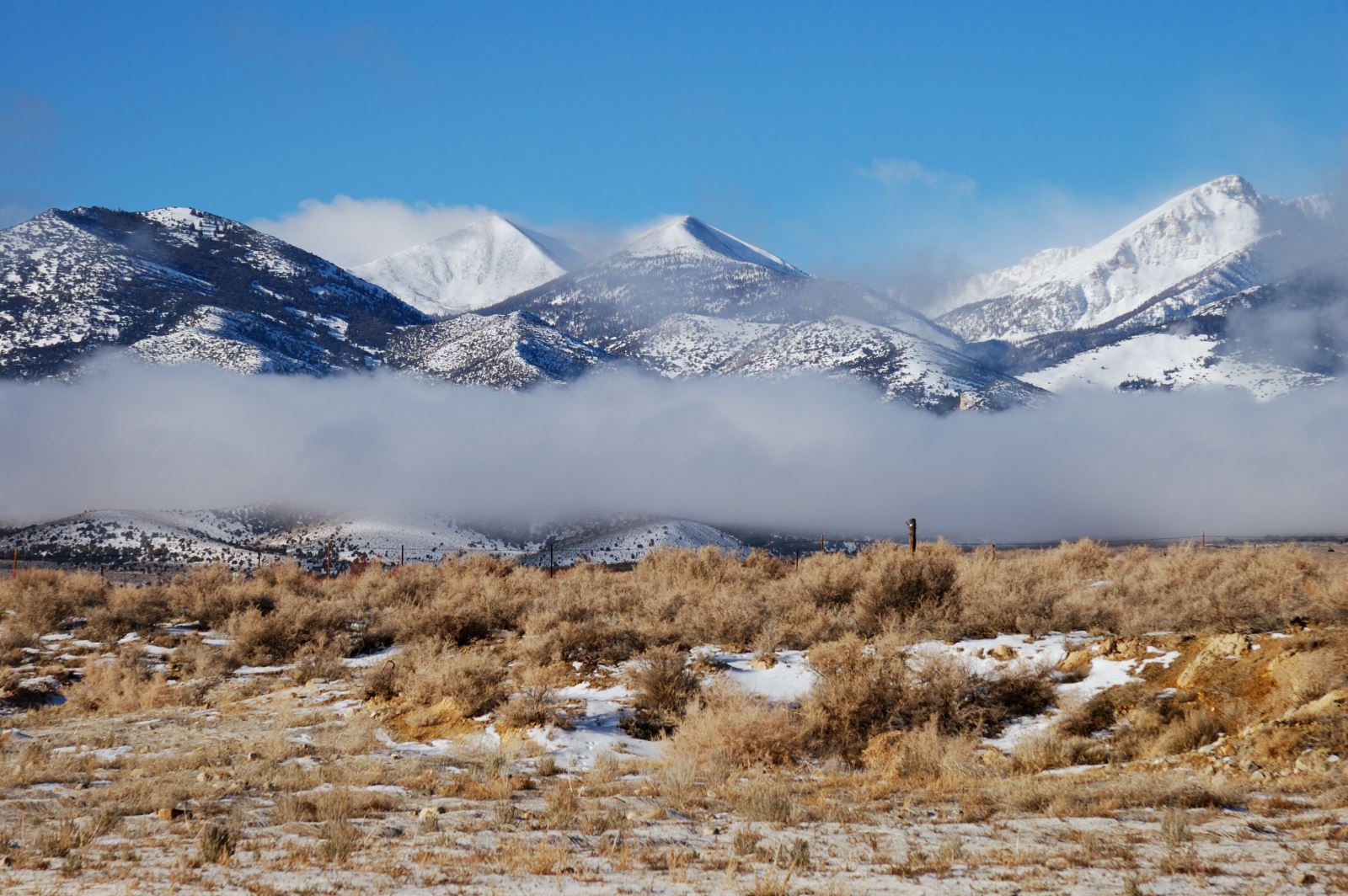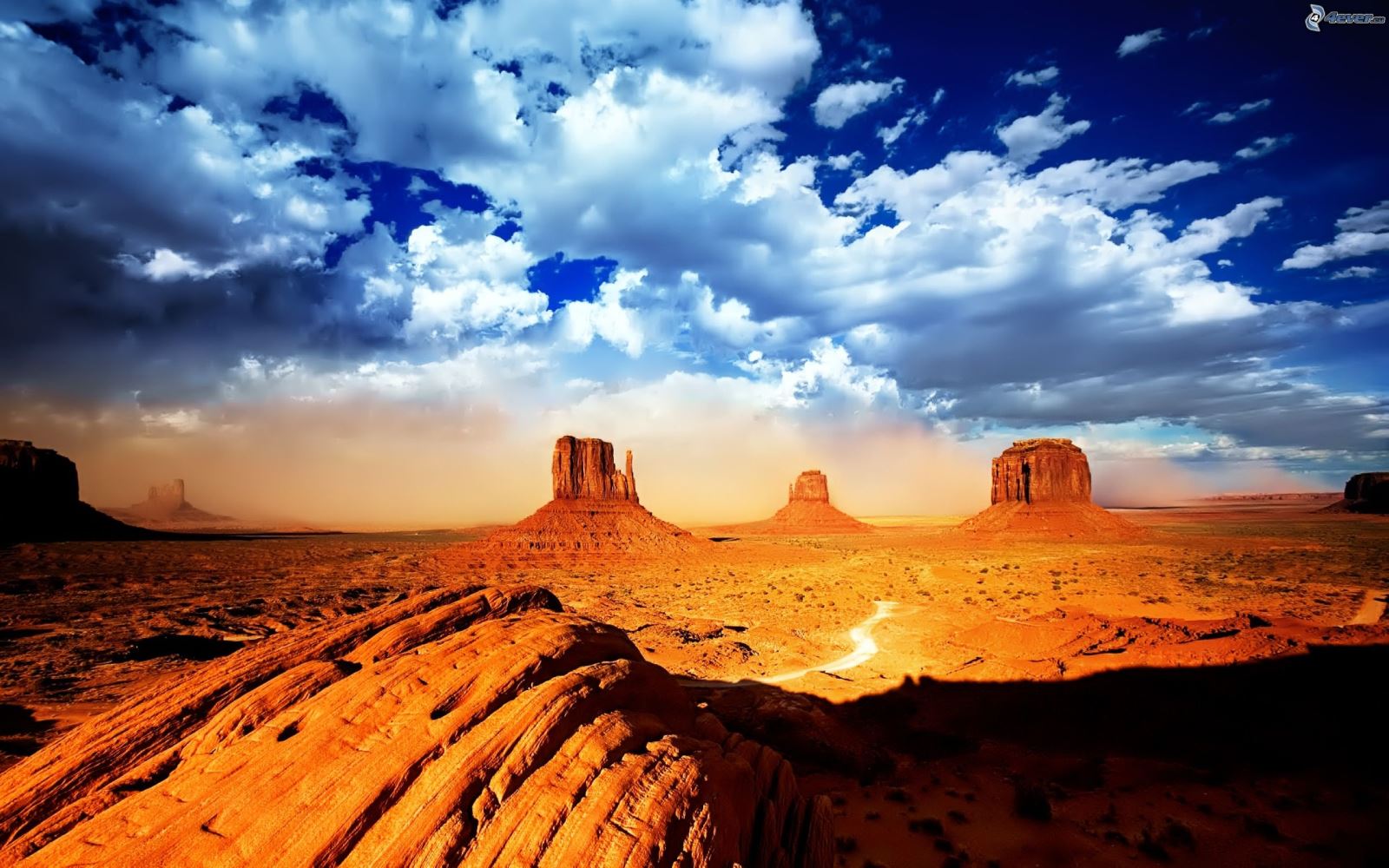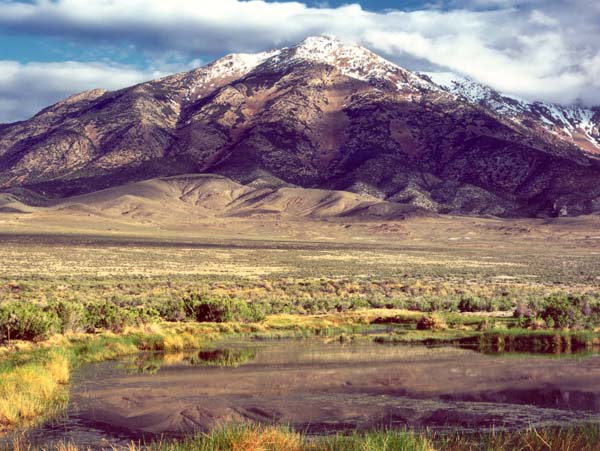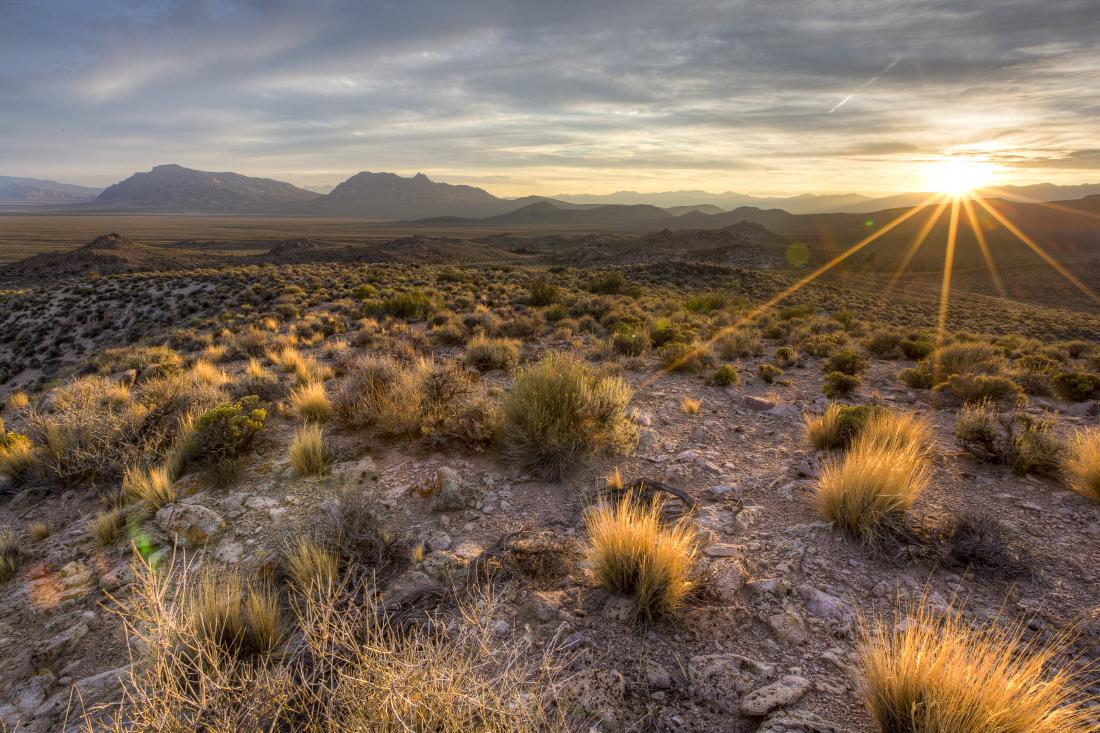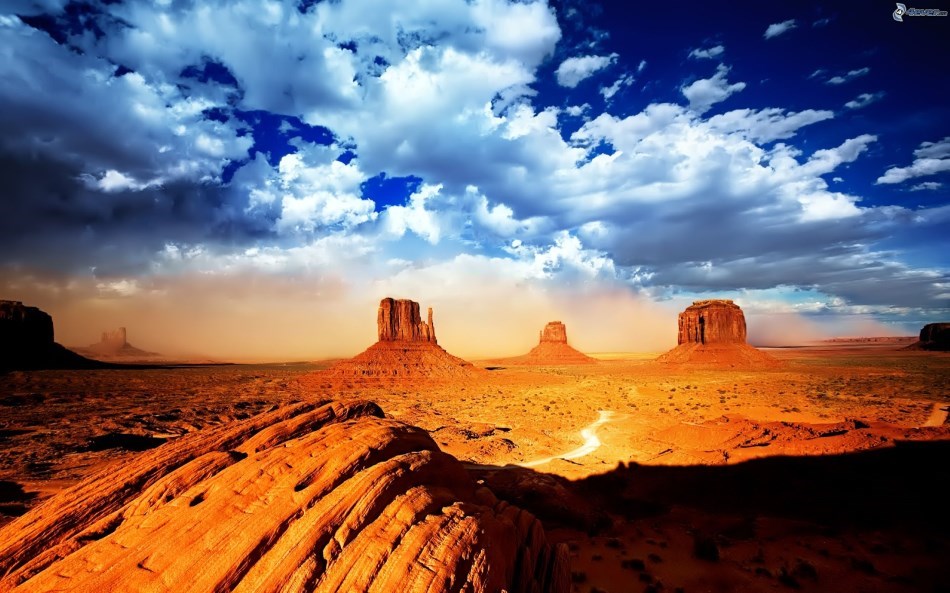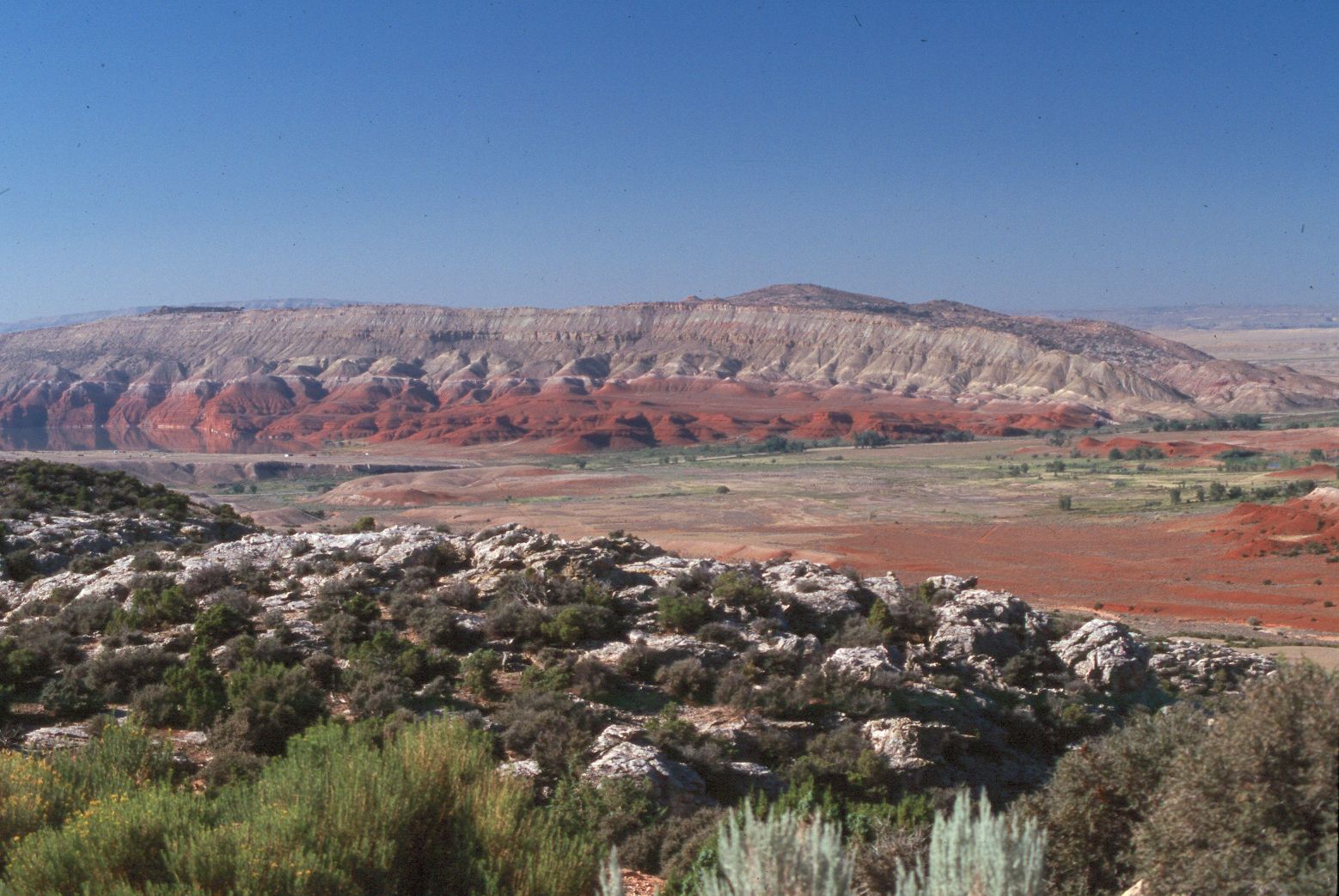
The Great Basin Desert covers a land surface area of about 190,000 square miles. It is bordered by the Rocky Mountains to the east, the Sierra Nevada range to the west, and the Sonoran and Mojave Deserts to the south, while the Columbia Plateau borders the desert to the north. This is a cold desert with precipitation of 7-12 inches per annum.
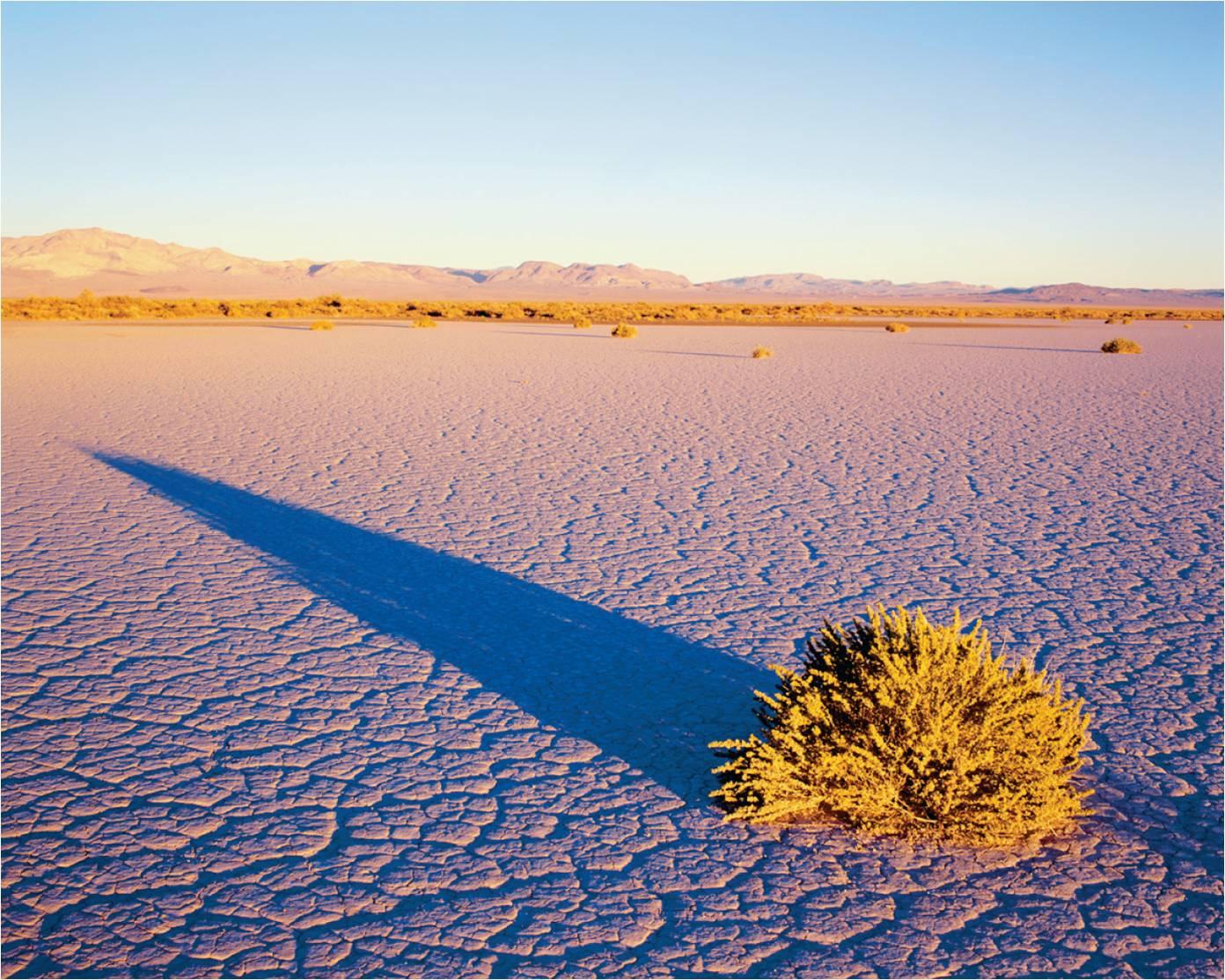
The ecology of the desert varies across geography, also. The desert’s high elevation and location between mountain ranges influences regional climate: the desert formed by the rain shadow of the Sierra Nevada that blocks moisture from the Pacific Ocean, while the Rocky Mountains create a barrier effect that restricts moisture from the Gulf of Mexico.
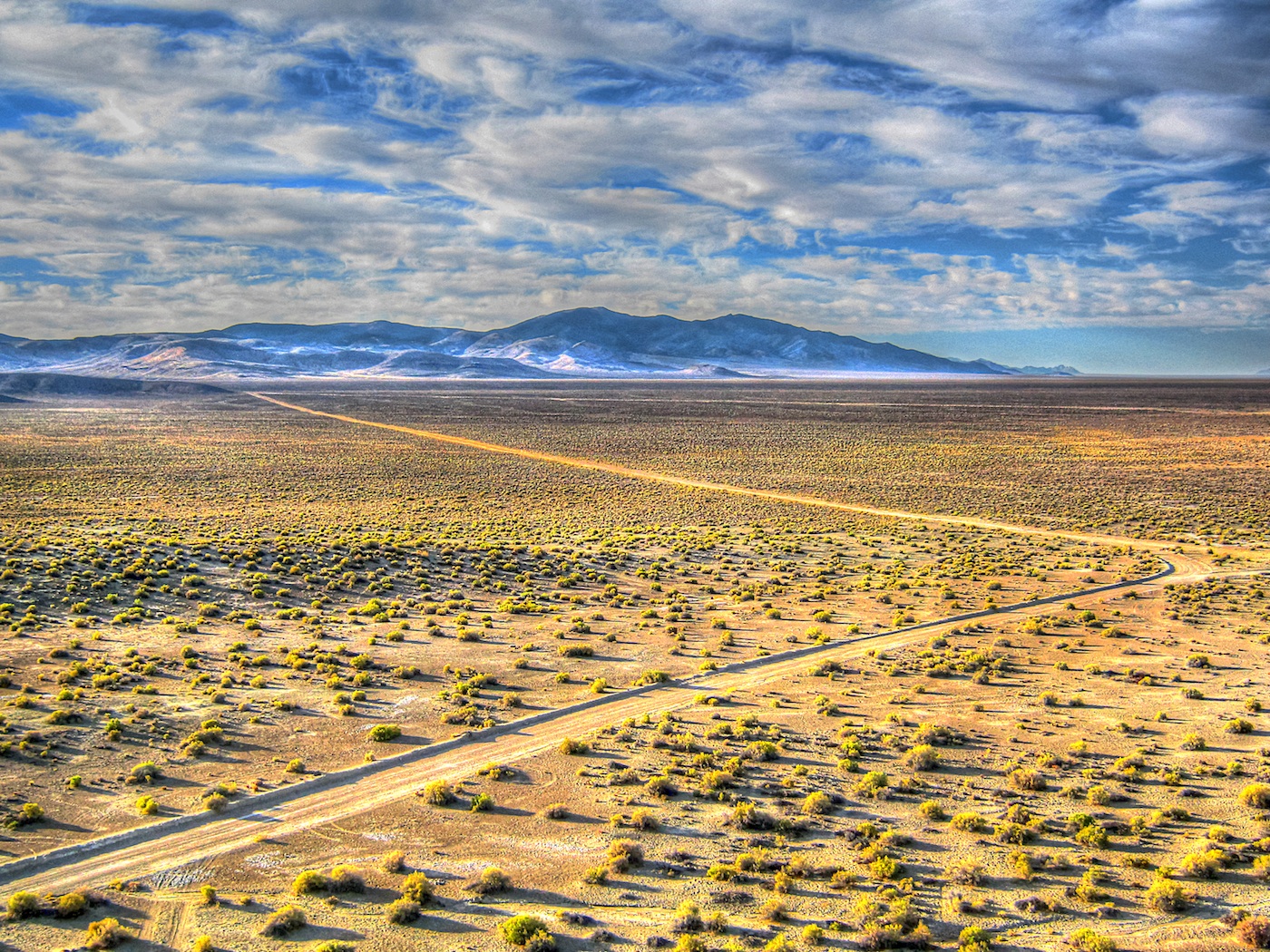
Different locations in the desert have different amounts of precipitation, depending on the strength of these rain shadows. The environment is influenced by Pleistocene lakes that dried after the last ice age: Lake Lahontan and Lake Bonneville. Each of these lakes left different amounts of salinity and alkalinity.
